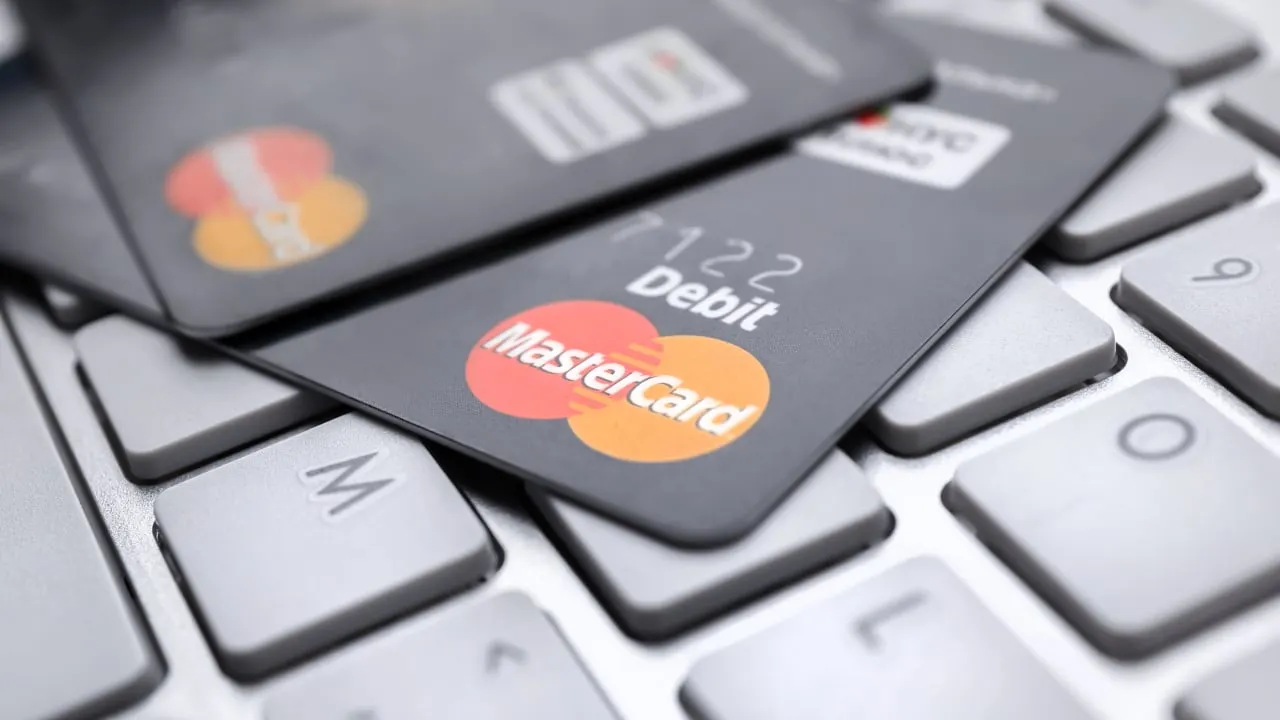Mastercard is all-in on blockchain. Earlier this week, the payments giant launched a debit card with MetaMask that allows holders to spend self-custodied tokens at any store or site where Mastercard is accepted (see: almost everywhere).
“We’re opening up this crypto purchase power to our 100 million-plus acceptance locations,” Raj Dhamodharan, Mastercard's head of crypto and blockchain, told Decrypt. “If consumers want to buy into it, if they want to be able to use it, we want to enable that—in a safe way.”
Perhaps in the name of safety, the new MetaMask Card isn’t compatible with most cryptocurrencies. You can’t use it to buy a plane ticket with Pepecoin, or a sandwich with SHIB. The card is only compatible with dominant stablecoins USDT and USDC, as well as wrapped Ethereum.
As traditional financial systems and blockchain technology become increasingly intertwined, stablecoins—which are pegged to the price of fiat currency held in reserve—have surged in popularity as a sturdy means of linking off-chain and on-chain worlds.
But while Mastercard is confident that traditional finance is poised to move on-chain, the company’s leadership is skeptical that stablecoins should be at the forefront of that transition.
“We can't just say that everything needs to be converted into prepaid stablecoins before it can power commerce,” Dhamodharan said. “That seems like a big hurdle that the industry is setting itself up for.”
Dhamodharan and his team are currently endeavoring to create an alternative system to stablecoins that—instead of putting crypto companies like Circle and Tether in the catbird seat of the new digital economy—keeps payment services like Mastercard, and traditional banks, at center.
Key to this plan is unlocking the potential of bank deposits, which already exist on digital ledgers—just not ones that live on-chain. Dhamodharan estimates that some $15 trillion worth of digital bank deposits currently exist in the United States alone.
Last summer, Mastercard first announced a program, the Multi-Token Network (MTN), that would allow bank deposits to symbolically exist on-chain and power commerce, without obligating Bank of America, for example, to integrate Ethereum with its in-house systems. In May, the company launched its first pilot program of the system, to tokenize carbon credits in Hong Kong.
“I don't expect your bank deposits and mine to become public chain assets,” Dhamodharan said. “But they need to be allowed to be used for purchasing assets that may be on a public chain.”
Mastercard anticipates that in the coming years, real-world assets like real estate and commodities are poised to go digital and live on-chain. Such a transition could unlock trillions of dollars in value for digital economies—but only if individuals and institutions around the world have easy access to funds they can leverage in this new financial frontier.
Crypto firms, ahead of the curve, have been racing for several years now to build on-chain systems that could handle that flood of commerce, when the masses eventually come. But Mastercard is calculating that those masses—even if they buy their houses with smart contracts one day—may not want to deal with newfangled currencies and additional third-parties.
“It drives our economies today,” Dhamodharan said of the traditional banking system. “And there’s a current regulatory framework that drives that—one we've already come to depend on.”
“It just doesn't get the benefit of the tech at the moment,” he added, “which we think we can solve.”

